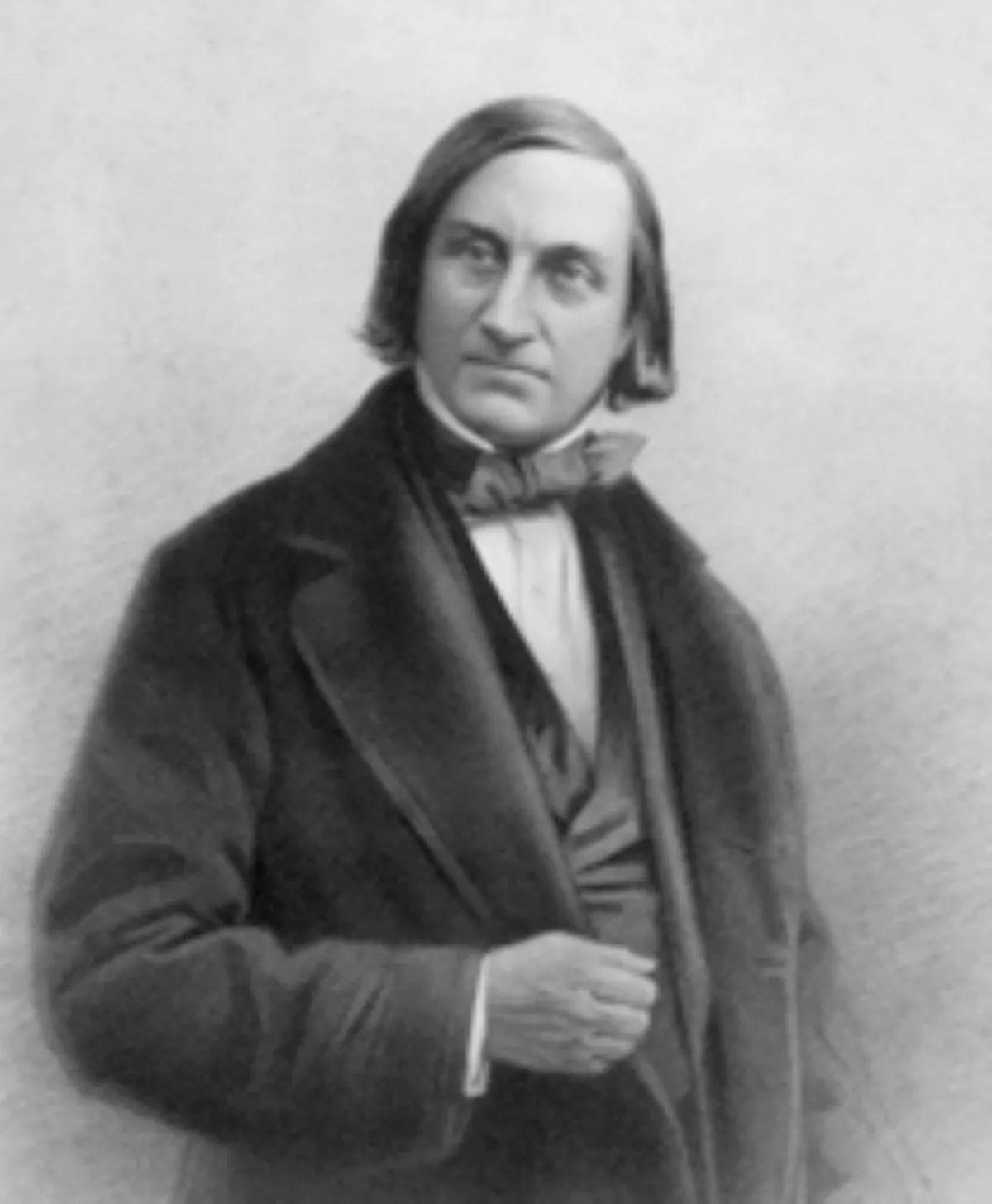 1.
1. Edward Forbes incorrectly deduced the so-called azoic hypothesis, that life under the sea would decline to the point that no life forms could exist below a certain depth.

 1.
1. Edward Forbes incorrectly deduced the so-called azoic hypothesis, that life under the sea would decline to the point that no life forms could exist below a certain depth.
In June 1831, Edward Forbes moved to London to study drawing but was not admitted by the Royal Academy.
In later years, Edward Forbes used his artistic abilities to create humorous drawings for his publications.
In November 1832, Edward Forbes matriculated as a medical student in the University of Edinburgh attending the lectures of Robert Jameson and Robert Knox while being active in student societies.
In 1833, Edward Forbes travelled to Norway to study its botanical resources.
In 1836, Edward Forbes abandoned his medical studies and moved to Paris, where he attended the lectures at the Jardin des Plantes on natural history, comparative anatomy, geology and mineralogy.
Edward Forbes remained in Edinburgh, paid for by his father.
In 1838, Edward Forbes published his first volume, Malacologia Monensis, a synopsis of the mollusk species native to the Isle of Man.
In 1838, Edward Forbes presented a paper to the British Association at Newcastle on the distribution of terrestrial Pulmonata in Europe.
Edward Forbes was then commissioned to prepare a survey on pulmonata in the British Isles.
In 1841, Edward Forbes published his History of British star-fishes, embodying extensive observations and containing 120 illustrations, all designed by Edward Forbes.
From April 1841 until October 1842, Edward Forbes investigated the botany, zoology and geology of the Mediterranean region.
In 1843, Edward Forbes presented a Report on the Mollusca and Radiata of the Aegean Sea, to the British Association.
Edward Forbes divided the Aegean region into eight biological zones.
In 1842, financial pressures forced Edward Forbes to take the curatorship of the museum of the Geological Society of London.
In November 1844, Edward Forbes resigned the curatorship and became palaeontologist to the Geological Survey of Great Britain.
On 26 August 1848, Edward Forbes married Emily Marianne Ashworth, the daughter of General Sir Charles Ashworth.
In 1846, Edward Forbes published in the Memoirs of the Geological Survey his important essay On the Connection between the distribution of the existing Fauna and Flora of the British Isles, and the Geological Changes which have affected their Area, especially during the epoch of the Northern Drift.
Edward Forbes theorized that the majority of British terrestrial animals and flowering plants migrated there over land bridges before, during and after the ice age.
In 1851 Edward Forbes was professor of natural history to the Royal School of Mines.
In 1852 Edward Forbes submitted an abstract to the 22nd Meeting of the British Association for the Advancement of Science in Belfast.
Edward Forbes served as an important mentor to the young biologist Thomas Henry Huxley.
Edward Forbes provided Huxley with introductions to influential people, wrote a favorable review of Huxley's work, and helped his admission to the Royal Society at age 26.
In 1853 Edward Forbes became president of the Geological Society of London.
Edward Forbes served briefly as Professor of Natural History in succession to Prof Robert Jameson.
Edward Forbes died at Wardie Parish, near Edinburgh, on 18 November 1854.
Edward Forbes was interred at the Dean Cemetery in Edinburgh.
Edward Forbes's widow provided papers to George Wilson to write up the memoirs of Edward Forbes.
Edward Forbes's widow married Major Yelverton in 1858 and forbade Geikie to work on the memoirs, seeking back all the papers.
Mrs Edward Forbes had two sons by Yelverton and with the case being in the limelight, she had no time to apply pressure on Geikie.
Geikie however had to exercise considerable diplomacy while writing the biography as Edward Forbes had claimed that he had been sufficiently remunerated by the School of Mines.